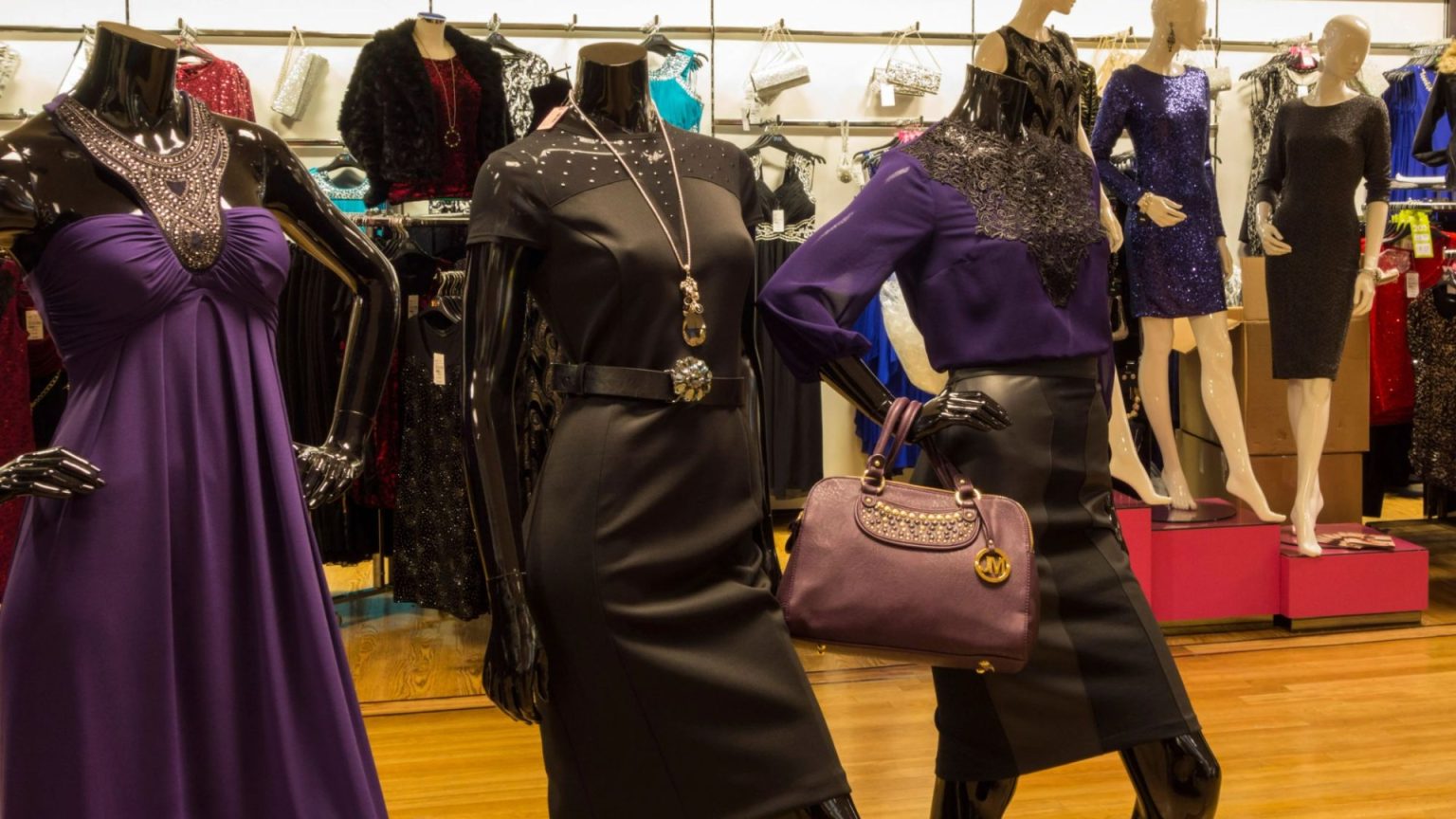Quiz, a popular UK-based fast fashion retailer, is teetering on the brink of collapse, facing the potential closure of up to a third of its 60 stores nationwide. This drastic measure, which could impact the livelihoods of approximately 500 employees out of its current workforce of 1,500, is part of a desperate survival strategy orchestrated by the company’s chair, Peter Cowgill, and CEO, Sheraz Ramzan. Restructuring experts have been called in to explore options, including a pre-pack administration or a company voluntary arrangement, highlighting the severity of the situation. The retailer’s financial woes stem from a significant drop in revenues, leading to a cash crunch anticipated in early 2025. This precarious financial position necessitates additional funding, which the company acknowledges it may not be able to secure, casting doubt on its ability to continue operating. The company’s struggles are not unprecedented. Quiz previously underwent restructuring in 2020 and renegotiated rents following the damaging impact of pandemic-related lockdowns. Since then, the company’s value has plummeted, further exacerbated by its delisting from the stock market in a cost-saving measure. A £1 million loan secured from Sheraz Ramzan’s father last summer served as a temporary lifeline, but with a near £7 million loss reported last year, the company’s financial outlook remains grim, particularly with HSBC hesitant to provide further financial support.
Quiz’s struggles are emblematic of broader challenges within the retail sector, with several other prominent businesses facing similar difficulties. ShoeZone, a UK footwear retailer, has attributed planned store closures to the Chancellor’s Budget, citing increased business taxes and escalating costs as rendering some locations unviable. The company has consequently halved its profit forecasts for the year. Online retail giant ASOS has also experienced a dramatic downturn, with its market value plummeting by nearly 90% since its peak in 2021. The company has resorted to selling a majority stake in Topshop and securing a high-interest loan to bolster its finances. Another online retailer, Boohoo, has faced significant hardship since the lifting of lockdown restrictions, leading to warehouse closures, job cuts, and the potential sale of its London office. The company is even considering breaking up its portfolio of brands, including Pretty Little Thing, Dorothy Perkins, and Nasty Gal, in an attempt to navigate its financial difficulties. Adding to the pressure, Boohoo is also embroiled in a dispute with its largest investor, Mike Ashley, the billionaire owner of Sports Direct.
The retail sector is bracing for a challenging 2025, with the Centre for Retail Research (CRR) forecasting the closure of approximately 17,350 retail sites. This prediction follows a difficult 2024, which saw 13,000 shops close their doors, a significant increase compared to the previous year. The CRR attributes these closures to a confluence of factors, including rising operational costs, changing consumer spending habits, and the lingering effects of the pandemic. Professor Joshua Bamfield, director of the CRR, has expressed concern about the sector’s future, noting that while 2024 was not as severe as 2020 or 2022, the outlook for 2025 is even more bleak.
The retail sector’s struggles are not limited to store closures; job losses are also a significant concern. In 2024, nearly 170,000 retail workers lost their jobs, a staggering 41.9% increase compared to 2023 and the highest annual figure since the peak of the pandemic in 2020. The collapse of major retail chains like Lloyds Pharmacy, Homebase, The Body Shop, Carpetright, and Ted Baker contributed significantly to this grim statistic, with administrations accounting for approximately one-third of all retail job losses.
Small high street shops are particularly vulnerable in the current economic climate, facing increased pressure from tax and wage changes implemented in the Chancellor’s Budget. These changes increase operational costs, squeezing profit margins and making it increasingly difficult for smaller businesses to compete with larger retailers and online giants. The escalating cost of living further exacerbates the situation, impacting consumer spending and prompting shoppers to prioritize essential purchases, further impacting sales for non-essential retailers.
The bleak outlook for the retail sector is further underscored by Professor Bamfield’s prediction of up to 202,000 job losses in 2025. He attributes this anticipated surge in job losses to the combined effect of rising operational costs for businesses and increasing household expenses for consumers. This combination creates a perfect storm for the retail sector, making it increasingly difficult for businesses to remain profitable and forcing many to downsize or close altogether. The rising costs squeeze profit margins, while reduced consumer spending further diminishes revenue streams, ultimately leading to job cuts and store closures.
The retail landscape is undergoing a significant transformation, driven by a confluence of economic factors, changing consumer behavior, and the lingering effects of the pandemic. The challenges faced by Quiz, ShoeZone, ASOS, and Boohoo are representative of the wider struggles within the sector, highlighting the vulnerability of even established brands in the face of these pressures. The increasing prevalence of online shopping, coupled with rising costs and a challenging economic environment, has created a highly competitive landscape where only the most adaptable and resilient businesses are likely to thrive. The coming years will likely see further consolidation within the retail sector, with smaller businesses struggling to compete and larger companies seeking ways to streamline operations and reduce costs.




